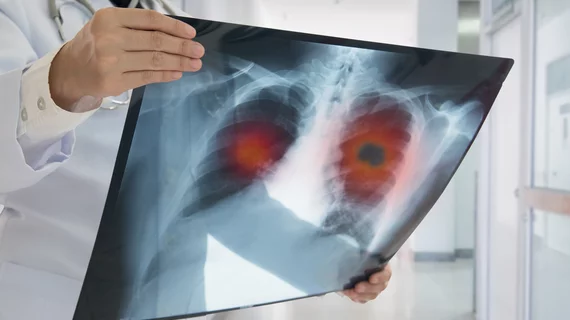American cancer death rate dropped 27% over last quarter-century
Deaths from cancer in the United States declined 27 percent from a peak in 1991, according to the American Cancer Society. The steady drop over the 25-year period ending 2016 translates to more than 2.6 million avoided deaths and an annual reduction of about 1.5 percent.
One of the major causes of the drop is a decline in smoking––which causes 25 percent of all cancer deaths––over the last quarter-century. Early detection and advances in treatment are also playing a role, but the benefits are not equal across all populations. Variances exist based on gender, demographics, geographic location, socioeconomic conditions, age and more, according to the American Cancer Society’s annual report.
“Although the racial gap in cancer mortality is slowly narrowing, socioeconomic inequalities are widening, with residents of the poorest counties experiencing an increasingly disproportionate burden of the most preventable cancers,” the report reads. “A broader application of existing cancer control knowledge with an emphasis on disadvantaged groups would undoubtedly accelerate progress against cancer.”
Cancer rates
Overall, the lifetime probability of being diagnosed with cancer is 39 percent for men and 38 percent for women. In 2019, about 1.8 million new cancer cases and 607,000 deaths are expected to occur in the nation. Cancer was the second leading cause of death after heart disease in 2016, causing 22 percent of all deaths.
From 2006 to 2015, new cancer diagnoses for men fell about 2 percent per year but remained around the same for women. Cancer death rates for men from 2007 to 2016 dropped 1.8 percent per year and 1.4 percent for women.
Among men, the most common cancers are prostate, lung and colorectal, accounting for 42 percent of all cases and nearly one in five new cases. Among women, breast, lung and colorectal are the most common cancers, with breast cancer alone account for 30 percent of new cases.
Across demographics, the rates of both new cancer cases and deaths vary among racial and ethnic groups, according to the report. Rates are generally highest among African Americans and lowest among Asian Americans, with the 2016 cancer death high 14 percent higher in blacks than whites. By comparison, that gap reached a peak of 33 percent in 1993. A decline in smoking among black teens has contributed to this drop.
Socioeconomic status also factors into cancer rates, with people living in the poorest U.S. counties more likely to smoke and be obese. From 2012 to 2016, death rates were two times higher for cervical cancer and 40 percent higher for male lung and liver cancers in the poorest counties compared to the richest counties. People in poverty are also less likely to get the best treatment and routine cancer screenings, with a later stage at diagnosis.

